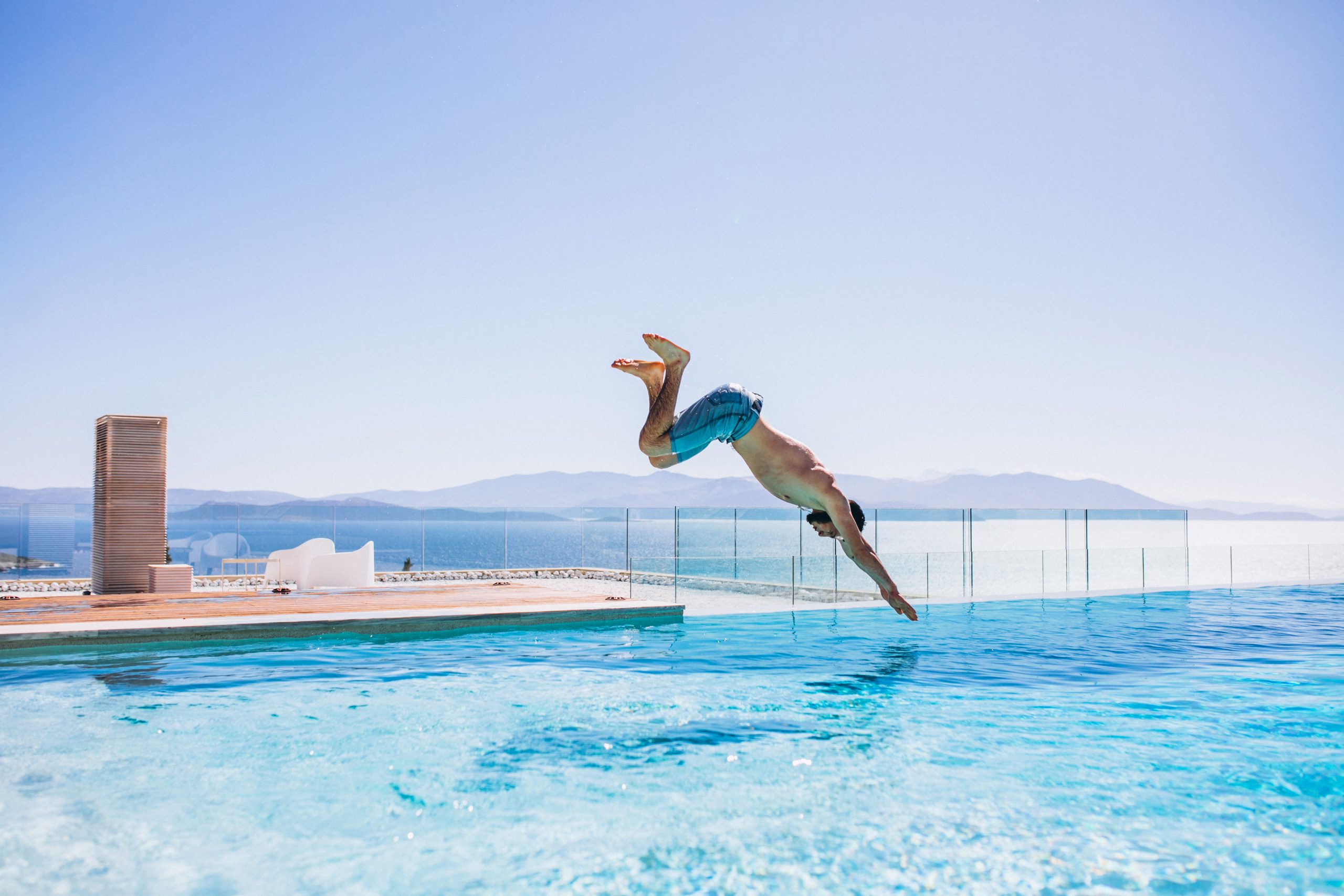When people talk about good posture, most of us including myself think, shoulders back, spine tall.
Posture is something you think about after spending copious amounts of time hunched over a computer. As in, oh God will I ever get my back straight again? Am I stuck to be bent over like an old crone for the rest of my life?
But posture like many things isn’t just in accordance to how you walk, stand and sit.
The need for proper posture can also be found in sports, to be more specific swimming and diving.
Now you can swim and dive without proper posture just as you can sit or stand without it, however correcting your posture with intent and practicing the correction does help in improving your strokes and dives. Now it is important to remember that your posture in the water and on land are not the same, so correcting your posture in one facet will not automatically correct everything else.

The easiest example of using proper posture is diving. Now if you have ever seen someone dive professionally you can see that they move their body in a very specific way. It is all practiced movement to ensure not just the win but their safety. The most frequent injuries seen on divers are on the head, neck and shoulders. A diver needs complete control through their body to land safely. Now most of us won’t be heading to the olympics anytime soon, but that does not mean we shouldn’t also practice safety and proper posture when diving.
When diving the first thing anyone should do is check the depth of the water, at pools the depth should be labeled around the pool, there may also be signs that state “No Diving” in certain areas. If you are unsure about the depth, ask a lifeguard and they will tell you whether it is safe to dive or not. When you are at the lake or a river, keep an eye out for signs that indicate an unsafe area. If you cannot find any signs, you may get in the water to test the depth.
If you have found a good spot, the second thing you must do is check the water for other people; you can also use this time to look for rocks or any other obstacles that you would risk hitting. If the water is clear and you can see to the bottom, you can proceed. If the water is murky or cloudy, enter the water feet first with caution.
Once you have found a clear spot with no obstacles you may start diving. Practicing diving is a great way to gain confidence in the water. To use proper posture when diving, you must dive head first; tuck your chin and bring your arms around your ears. Depending on what dive you are using, at least one foot should be on the edge of the pool, toes curling over the edge. Doing this is both proper posture for diving and will prevent any water from going up your nose.
